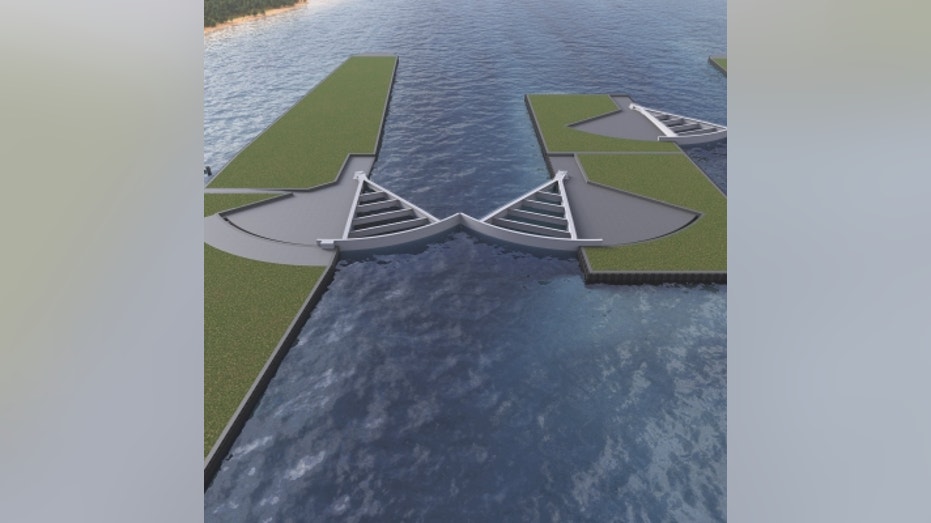Hurricane barrier along Texas coast could protect residents while improving supply chain delays
The Coastal Spine Barrier is a nearly $30 billion project that could soon be in place along the eastern coast of Texas
Coastal hurricane barrier could help improve supply chain delays
The coastal hurricane barrier would not only help protect infrastructure on the Gulf Coast, it would also help improve supply chain delays during tropical storms, hurricanes and floods.
Galveston, TX – A preliminary design is approved for a storm suppression system that would run along the Texas coast from Galveston to Corpus Christi, but it could ultimately impact the entire country.
The project is the largest civil works project ever taken on by the U.S. Army Corp of Engineers. Not only could it protect the lives of people on the Gulf Coast, it could also help eliminate supply-chain delays across the country by protecting two large ports during hurricanes.
Galveston Mayor Craig Brown said residents have become annoyed with frequent flooding.
"We have nuisance flooding now, which means that that flooding occurs even without a flood or tropical storm or a hurricane here," Brown said.
NOAA FORECASTS NEAR-NORMAL ATLANTIC HURRICANE SEASON

Part of the Coastal Spine Project design includes gates that the US Army Engineers can close to keep floodwaters out of the ports (US Army Corp of Engineers/Texas General Land Office / Fox News)
While flooding becomes worse with heavy rains or hurricanes, Dr. Kelly Burkes-Copes with the U.S. Army Corp of Engineers believes a solution is underway.
"The idea and intent is to combine a series of gated structures – kind of what we consider gray infrastructure, you may think of it as concrete and water – with natural and nature-based solutions like beaches and dunes and wetlands, to basically improve resilience of the entire Texas coast," Burkes-Copes said.
The Coastal Spine Barrier is a nearly $30 billion project that would allow the Gulf Coast to withstand, endure, and recover from storms quicker – and it wouldn't only protect the locals.
ARMY CORPS INVESTIGATING NEW ORLEANS FLOOD PROTECTION SYSTEM AFTER DRAINAGE PUMP CORRODED IN 5 YEARS
"The intent here is a national issue. For example, if the Houston Port, which is the largest port in the nation, shuts down as a result of a hurricane, the rest of the country will feel that impact," Burkes-Copes said.

Texas' Houston Port is the largest in the nation. (Joy Addison/Fox News / Fox News)
Rich Byrnes, the Chief Infrastructure Officer at the Port of Houston, said the tonnage the port receives is steadily increasing.
"The Port of Houston area moves about 270 million tons. And, to put that into perspective, that’s more than many large states," Byrnes said.
The Port of Houston and Galveston account for 12% of the total U.S. crude oil imports as of May 2018, the Energy Information Administration reports, and the Port of Houston has seen a 13% increase of overall economic value since then.

The Energy Information Administration (Fox News)
"After Hurricane Harvey, the price of gas was elevated for six months nationwide because the time it took to start the refineries and so forth," Byrnes said.
SUPPLY CHAIN EXPERT SIGNALS ‘VERY DISMAL’ 2023 FOR US RETAILERS
Despite the backing behind the project, one more obstacle stands in the way of the hurricane barrier or coastal spine project: matching federal funds.
"We have to have a local funding source to not only build the system, but to maintain it," Brown said.
CLICK HERE TO GET THE FOX NEWS APP
One funding option available is adding a tax, but officials must consider if Texas residents across the state would be okay with paying taxes for a barrier in Galveston.





















